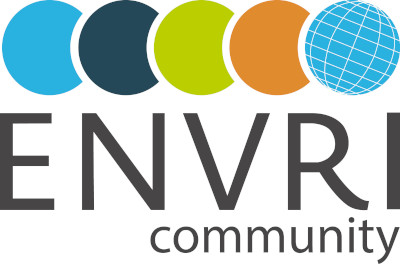Design towards interoperable environmental research infrastructures, ENVRI Reference Model 2.0 released today
https://community.envri-fair.eu/rm
Design and development towards interoperable environmental Research Infrastructures, a primary goal of the ENVRI Community and the ENVRIplus project requires that we have a common language for discourse and a common understanding of the technical terms and concepts involved in building the needed information systems (ICT) for Research Infrastructures. V2.0 of the ENVRI Reference Model (RM) released today is the cornerstone for such discussions and the agreements that flow from those.
The ENVRI Reference Model (RM), updated and validated against surveys carried out with all 20 RIs of the ENVRIplus project during Autumn 2015, and aligned to principles, language and terminology of the Research Data Alliance (RDA) offers a simple, structured explanation of the main features to be expected in the information systems of typical environmental Research Infrastructures. Drawing on traditional engineering and architectural design practices, the ENVRI RM presents these features from the perspective of the business (science) to be carried out by a Research Infrastructure, from the perspective of the data and information to be handled by the information systems of a Research Infrastructure, and from the computational processing perspective.
Version 2.0, released today, 28th July 2106 broadly aligns the Reference Model to major phases of typical lifecycles of research data, including those promoted by the UK’s Digital Curation Centre and the USA’s DataONE initiative.
Version 2.0 is the basis for Research Infrastructures considering to interoperate with one another, and/or considering to integrate with services of the foundational infrastructure providers such as EGI.eu and EUDAT, for example. It provides for future extensions to cover data identification, citation services, cataloguing, provenance, and more. In the future it will address these and other aspects not only from the aforementioned science, information and computational viewpoints, but also from perspectives of the best Engineering practices to be adopted and Technologies recommended to be used to assure greater interoperability.


